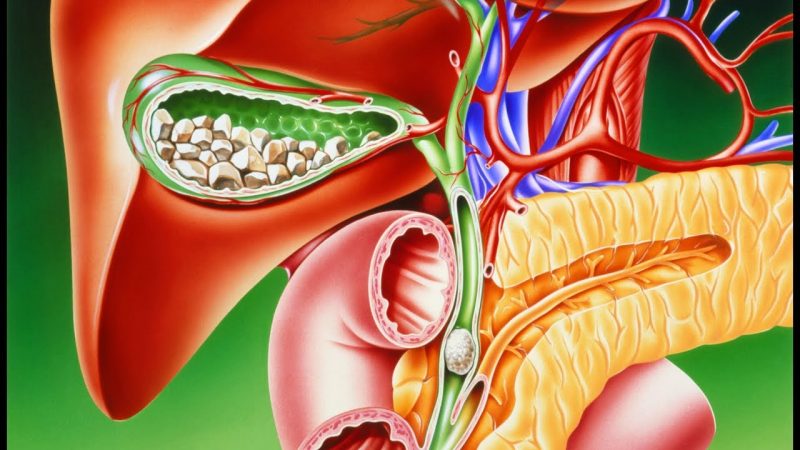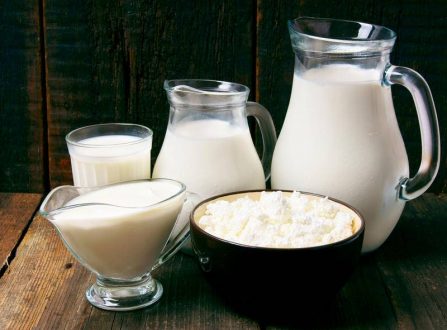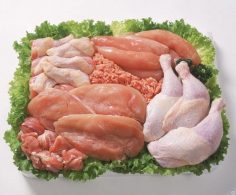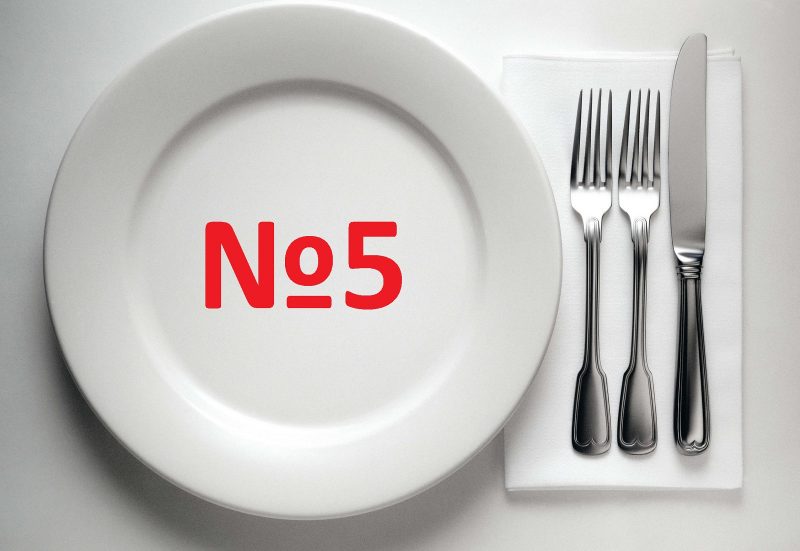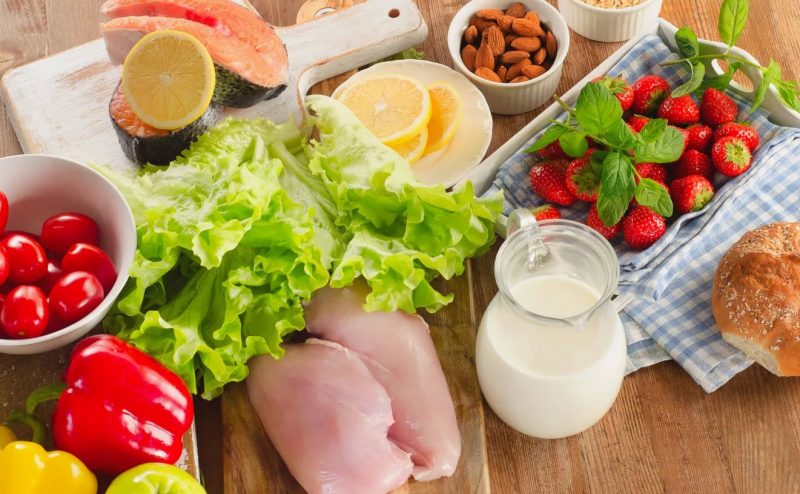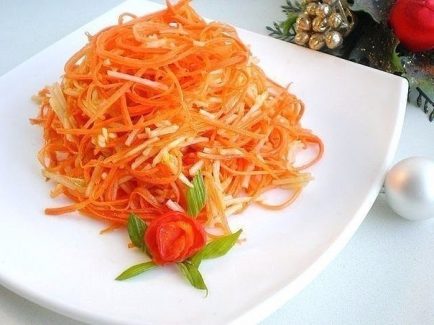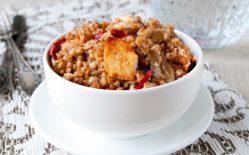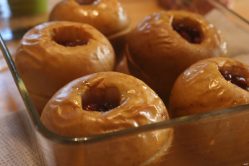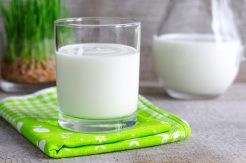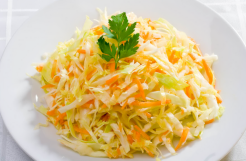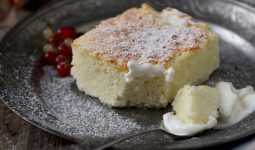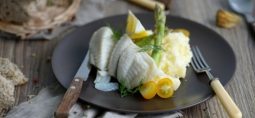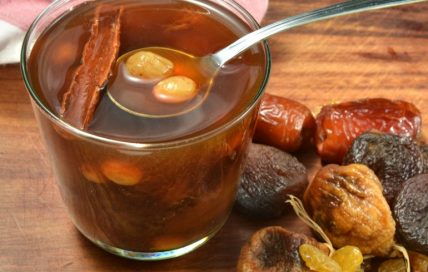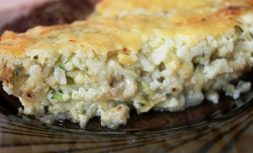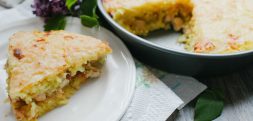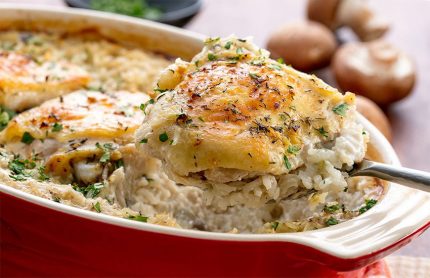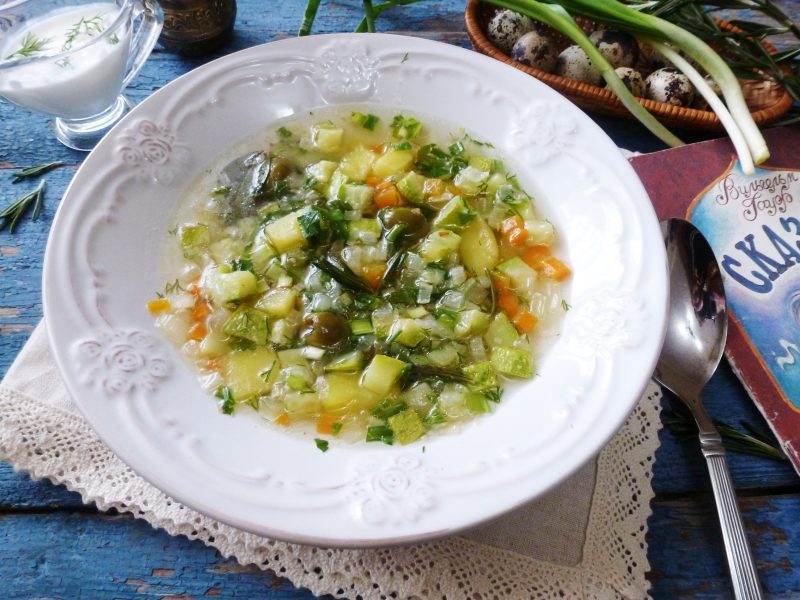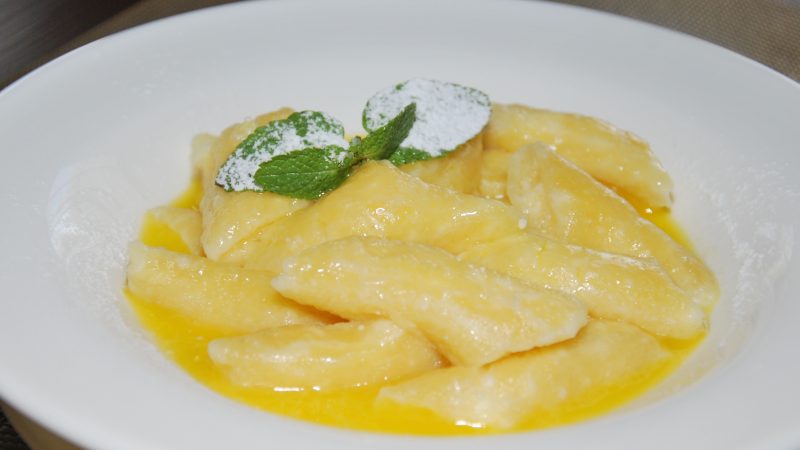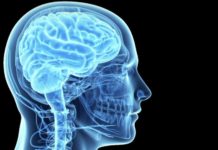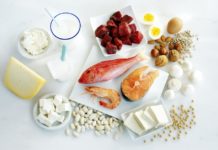Compliance with the diet for cholelithiasis is the main condition for a full, life that is not overshadowed by poor health. It is necessary to adhere to the rules of a healthy diet even during the period of remission. And during an exacerbation, additional nutritional restrictions will have to be introduced in order to quickly stop the attack.
Material Content:
General nutrition for cholelithiasis
Inflammation of the gallbladder makes special demands on the regimen of food intake:
- It is necessary to limit (and if possible completely remove) foods high in fat and carbohydrates.
- Exclude from the diet all salty foods. The total amount of salt that can be consumed per day should not exceed 10 grams.
- Drink at least 2-3 liters of pure water per day (teas, compotes and juices are not included in this amount and are recorded separately).
- Nutrition for stones in the gallbladder should be fractional. A single serving is better to reduce many times in comparison with the usual amount of food intake. But you need to eat often - at least 5-6 times a day.
- All food should be warm, but by no means hot.
- Food should enter the body in the most crushed and possibly wiped form.
What foods can and should not be consumed
With cholecystitis, especially with the formation of stones in the gall bladder, the body is unable to process saturated fats, which affects the digestive system: intestines, to a lesser extent, the stomach.
Therefore, a rather large list of everyday products falls under the ban:
- All smoked meats.
- Fast food (a lot of salt and spices are added to this food, which should be reduced to a minimum with cholelithiasis).
- Alcohol, even with a low alcohol content.
- Salted and pickled vegetables, fruits.
- Canned foods.
- Margarine.
- Pork in all kinds (including lard, pork fat, etc.).
- Food created through fermentation processes: kvass, beer, pastry, etc.
- Vegetables and herbs with a sour or spicy taste: radish, sorrel, horseradish, garlic, wild garlic, etc. Onions are allowed only in stewed or boiled form.
- Parsley and dill.
- The whole range of store sauces, including mayonnaise, ketchup and other food additives.
- Meat and fish broths.
Do not eat fried foods, as any oils that have undergone heating cause irritation of the gallbladder and intestines.
Not everything, however, is as scary as it might immediately seem. Adhere to the most strict diet is necessary only with exacerbation of cholelithiasis, the first 1-2 days.
During this period, it is advisable to limit yourself to boiled or stewed vegetables, freshly squeezed juices (not purchased!) And a rosehip broth. However, after a few days, subject to the nutritional rules, the gallbladder begins to return to normal, and it is permissible to significantly expand your diet.
During remission, you can and should eat such products as:
- vegetables cooked or cooked in a double boiler;
- lean meats - chicken, veal, beef;
- enveloping, semi-liquid cereals from cereals that lower cholesterol: oatmeal, buckwheat, semolina, rice;
- skim milk products - kefir, yogurt, diet cottage cheese, as well as sour cream and milk with a low percentage of fat content.
- hardened rye or gray bread (fresh has too much stress on the digestive system);
- well-fried crackers made of white bread (purchased strictly prohibited!);
- boiled or steam fish exclusively non-fat varieties - pike perch, hake, carp, pike, cod, etc.
- butter or refined sunflower oil in small quantities;
- fresh fruits and berries of low acidity (apples, peaches, apricots, plums, etc.);
- lemon in small quantities and only if added to tea;
- honey, fructose-based sweets (e.g. marmalade or natural marshmallow), homemade jam and jam.
It is better to drink food with berry or fruit compotes, a rosehip broth, jelly or weak tea. It is also useful to brew as drinks herbs that have anti-inflammatory or choleretic action: peppermint, strawberry leaves, dill seeds, wormwood, black elderberry, etc.
Features for men, women
The diet of the therapeutic diet according to Pevzner is almost the same for both men and women. The only thing to consider is the weight of the patient. For people with excess kilograms, regardless of gender, daily energy consumption can be reduced by 200-500 kcal.
The menu of the medical diet "Table No. 5"
The diet developed by Manuel Pevzner does not imply starvation. The energy value of all the food received per day is from 2200 to 2500 kcal - this is enough to saturate an adult, but to prevent overeating. The total fat content should not exceed 80 g, proteins - 90 g. Carbohydrates are allowed in the range of 300-350 grams per day.
For convenience, you can use one of the options for a sample menu of the therapeutic diet according to Pevzner. You need to choose a daily diet depending on the daily routine: if you work, you should prefer a more hearty breakfast and lunch. For those who do not need large amounts of calories in the morning, a lightweight meal is best.
Breakfast options:
- 200 g oatmeal cooked in milk, weak tea.
- Vinaigrette with low-fat sour cream, tea with milk.
- Millet porridge on water (150 g), steamed chicken cutlet, 100 g cauliflower, carrot and zucchini salad, weak tea with lemon.
- 150 g of “slimy” rice porridge, 20 g of soaked herring, a slice of stale rye bread, a rosehip broth.
2 breakfast:
- Grated carrots (1 piece weighing about 100 g), you can add half a teaspoon of vegetable oil.
- Grated apple with carrots (1 each).
- 150 g of buckwheat porridge, 50 g of boiled beef, dried fruit compote.
- Baked apple in the oven with honey.
Lunch Ideas:
- 250 ml of non-acidic borsch, 100-150 g of cabbage rolls, 150 g of loose buckwheat. You can drink compotes from pear-wilds.
- Lenten soup of potatoes, carrots and onions (200 g) for the first. On the second 150 g of rice, 100 g of boiled chicken and a decoction of oat bran.
- Non-acidic cabbage soup (250 g) with low-fat sour cream, liquid mashed potatoes (150 g) and 50 g of fish.
- Oat bran soup, chicken (85 g), stewed with cabbage and sour cream, 200 g carrot cutlets.
Snack:
- 1 fresh apple (about 100 g).
- 1 tbsp. kefir.
- 100 g of salad from fresh (white or cauliflower) cabbage.
Dinner:
- 150 g cottage cheese casseroles, a glass of weak tea.
- Mashed potatoes (150 g), 200 g cabbage cutlets, 85 g boiled or steamed fish, compote, cooked from dried fruits
- 200 g cabbage, zucchini and potato stew, a small (60–65 g) slice of boiled beef and a glass of weak tea with milk.
Late dinner:
- Half a glass of dogrose broth.
- Sweet liquid jelly from berries (100 g).
- ½ tbsp 1 percent kefir, 20 g of dry biscuits.
Interesting recipes for healthy dishes
The conventional wisdom that the transfer to a therapeutic diet No. 5 deprives a person of all gastronomic joys is fundamentally wrong. The list of allowed products allows you to get not only hearty, but also very tasty dishes. Here are just a few interesting and simple recipes.
Diet Chicken Casserole
It is most convenient to cook this dish in a slow cooker, however, using the oven is also not bad.
Would need:
- a pound of chicken breast;
- 2 small onions (100-150 g);
- 1 large egg;
- 1 tbsp. rice;
- 0.5 tbsp. skim milk;
- 1 tsp vegetable oil.
Tip: better not to put salt. In extreme cases, you can add half a teaspoon to the whole dish.
The cooking process is quite simple:
- Boil rice in 2 cups of water until tender.
- Wash, peel and chop onions into small cubes.
- Feed the meat through a food processor.
- Lubricate the baking dish or the electric appliance bowl with layers: first half the amount of rice, then meat, then raw onions and the rest of the rice.
- Blatter the egg with milk, pour the mixture into the resulting pie.
- Cook in the oven for 45 minutes or in a slow cooker in the “Baking” mode for 40 minutes.
In the gastroenterological department, casserole is usually served exclusively with rice, minced meat and onions. At home, you can add grated zucchini, carrots, cabbage and other allowed vegetables to your food.
Zucchini soup
For this diet first course you will need:
- 4–5 medium-sized potatoes;
- 150 g zucchini squash;
- 1 large carrot;
- 1 liter of water;
- 0.5 tsp table salt;
- 50 g of juice from fresh carrots.
During the period of remission, you can also take 1-2 tablespoons of vegetable oil.
Cooking process:
- Cut the zucchini into small cubes.
- Put them in a pan and, pouring a small amount of water (3-4 tablespoons), simmer for ten minutes on low heat.
- Rub the carrots. Send it to the zucchini and simmer everything together for another 5-7 minutes.
- Chop the potatoes finely and throw in boiling water.
- When the tubers are cooked, put them in a pan, add salt and let it boil again.
- Before serving, pour 2-3 tablespoons into each plate. l carrot juice.
Lazy Dumplings
A great option for a quick, satisfying, and, most importantly, very tasty diet breakfast:
- 1 pack of cottage cheese;
- 1 egg
- a quarter teaspoon of salt;
- a small piece (not more than 10 g) of butter;
- half a glass of rye flour.
How to cook:
- Mash the cottage cheese with a fork.
- Rub it with the egg, add salt.
- Pour flour there and knead the dough quickly. It should not be too steep, otherwise the dumplings will turn out tough.
- Put the mass on the board, roll out long thin sausages, divide into pieces 1-1.5 cm thick.
- Pour water into a deep pan, slightly salt it (not more than 1 teaspoon in 2 liters of water).
- When the water boils, put portions of dough into it, cook 4 minutes from the start of a new fluid drilling.
- Dumplings taken from a bowl grease with a small piece (5-10 g) of butter.
You can eat just like that, dipping in honey or low-fat sour cream.
Contraindications
Medical diet number 5 is considered quite sparing, but it is also prohibited in some diseases.
These include:
- oncology of the gastrointestinal tract;
- intestinal obstruction due to a lack of fatty acids in the body;
- cirrhosis (with this disease, the nutritional restrictions of the diet put too much strain on the damaged liver);
- polyps or diverticula in the intestines.
In addition, therapeutic diet No. 5 is canceled in case of exacerbation of cholelithiasis, appointing instead a stiffer "Table No. 5a."


